Sixfinger
Sixfinger, Sixfinger, Man Alive! How Did I Ever Get along with Five?
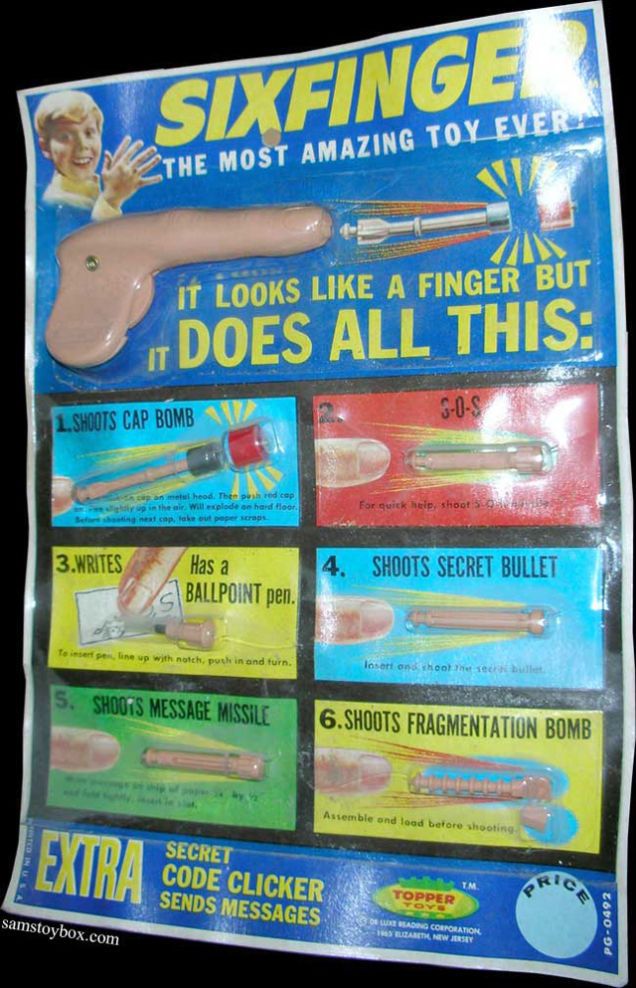
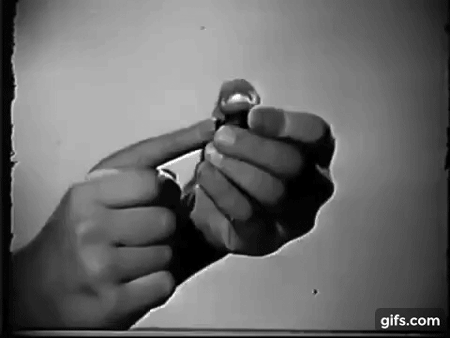
Sheepish Walking Dog Toy
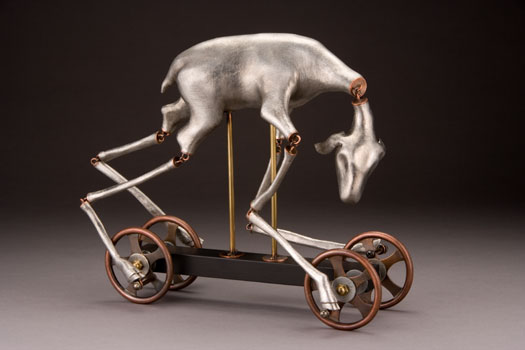
Evil Stick
A mother in Dayton, Ohio was shocked this week when she purchased a toy wand for her child at a dollar store only to find it ran not on unicorn hair but a picture of a child slicing her arm open. In fairness to the dollar store, the product was named ‘EVIL STICK’, though the pink lettering, fairies, swirls and snowflakes on the packaging ensured it would catch the eye of toddlers. The fact that the wand emits a cackling laugh when activated is probably permissible, the horrific hidden image less so. “It’s a picture of a girl slitting her wrists. I’m outraged over it,” mother Nicole Allen, who bought the toy for her two-year-old daughter. “I want to know how they think that that is suitable for a child. There was barbie dolls on one side and baby toys on the other side, and these were right in the middle.”


Mugen Peri Peri
Opening presents is a great feeling…why not replicate it forever? Mugen Peri Peri (Infinite tearing open) is the latest “infinite action” gadget that simulates the feeling of opening packages such as Fed-Ex envelopes, Pocky, and boxes. No money to buy packages to open? Have a shopaholic friend who just loves opening new boxes? Mugen Peri Peri is the solution to such addictions.

Classic Wrecks Beat Up Car Toy
Don’t give your child false hopes with a toy car in the form of a Porsche or Lamborghini. Be more realistic with this rusted 1984 Chevy Citation.
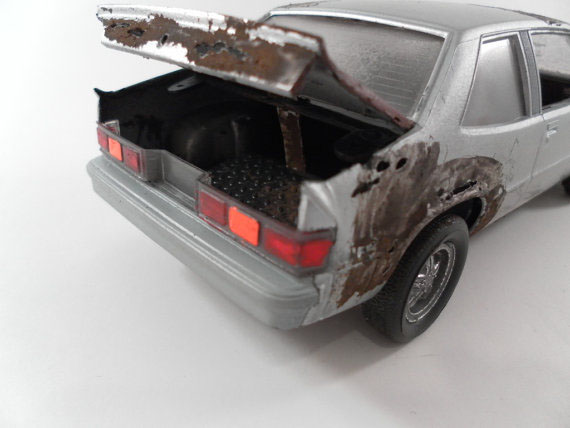
Slip ‘N Slide
The Slip ‘N Slide had a design that made people above a certain weight vulnerable to possible neck fractures. The original manufacturer, Wham-O, discontinued the product in the 1970s after three reports of broken necks. But after Wham-O was sold in 1982, the new owner brought back the Slip ‘N Slide, leading to additional deaths and injuries resulting in quadriplegia. Lawsuits brought the danger of the Slip ‘N Slide to public attention, and as a result the company stopped making the product, recalled products from retail shelves and issued a safety alert.
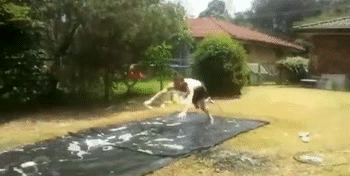
Capsule toys
… have been around for more than 40 years but the craze really took off in 2012 when Tokyo-based manufacturer Kitan Club launched its “Koppu no Fuchico” (“Fuchico at the edge of a glass”) product. This figurine of a woman wearing a typical office worker’s clothes, whose arms or legs were designed to hang over the edge of a glass, became an instant hit with adults. “We never thought of targeting children. Their numbers are dwindling and adults have more money,” said spokesman Seita Shiki.
Magic Monster
Up for sale is this bizarre “Magic Monster” toy. It takes two AA batteries. When you turn it on it rocks back and forth, the axe lights up and it plays “oh when the saints go marching in.” Best of all, the face moves around and becomes distorted which is absolutely mesmerizing (do yourself a favor and watch the video on the website mentioned later- I can’t paste the url on this listing) The box is a little beat up but it works great and is in great shape. I believe it was made in 1985 but I can’t confirm that.
_______________
Lego. Obóz Koncentracyjny
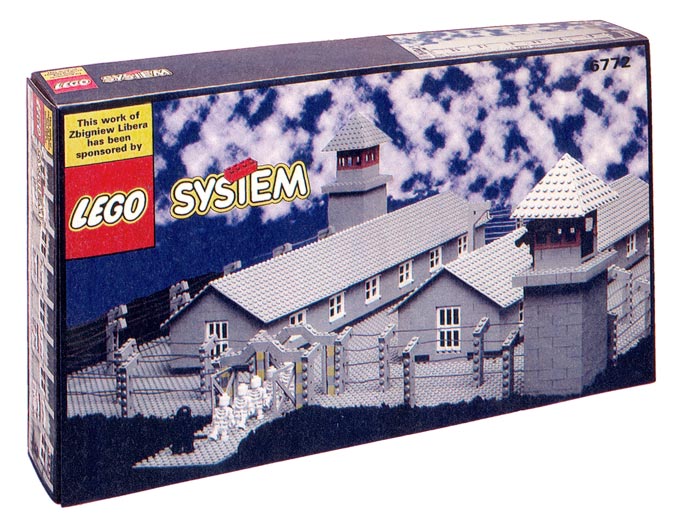
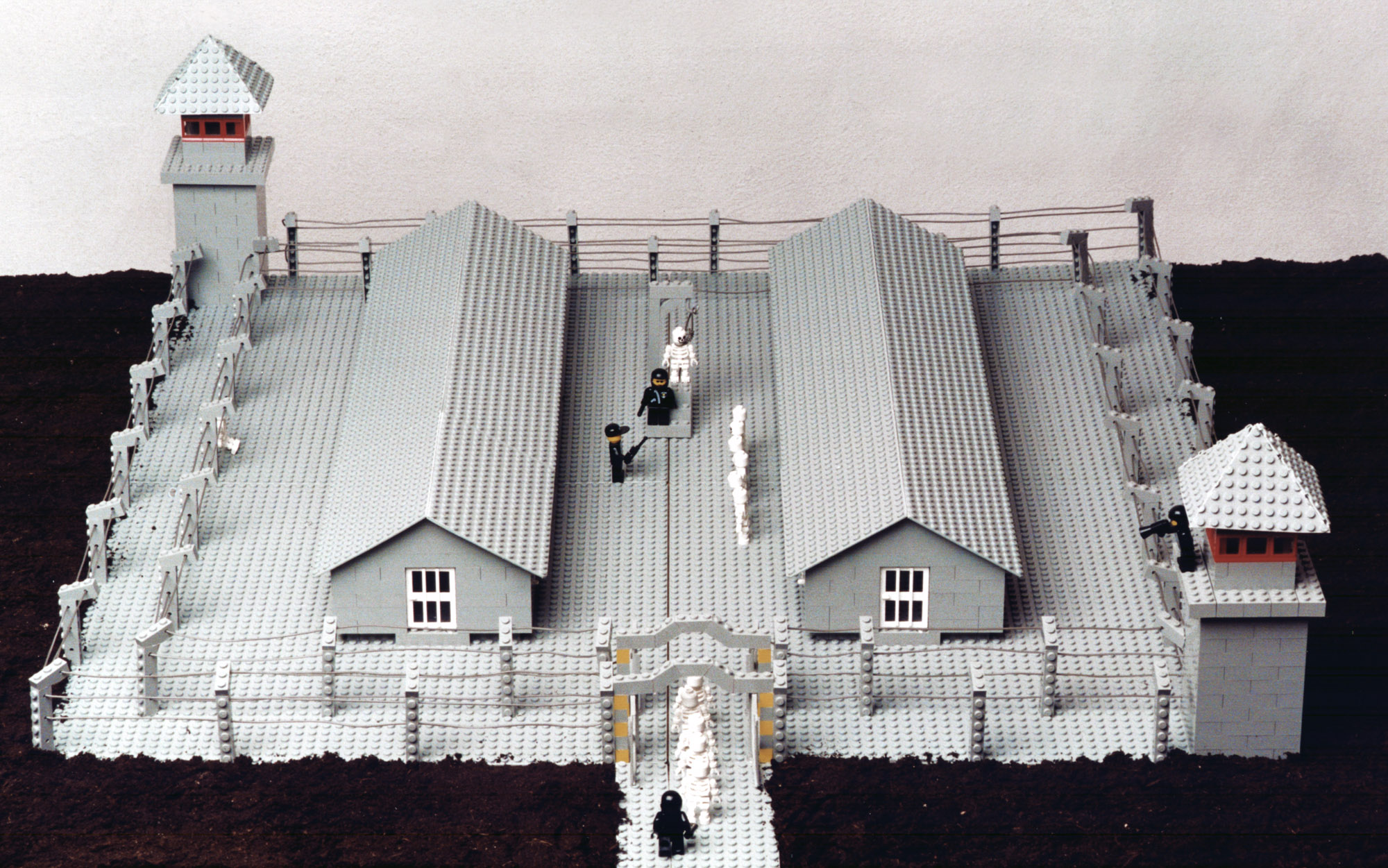
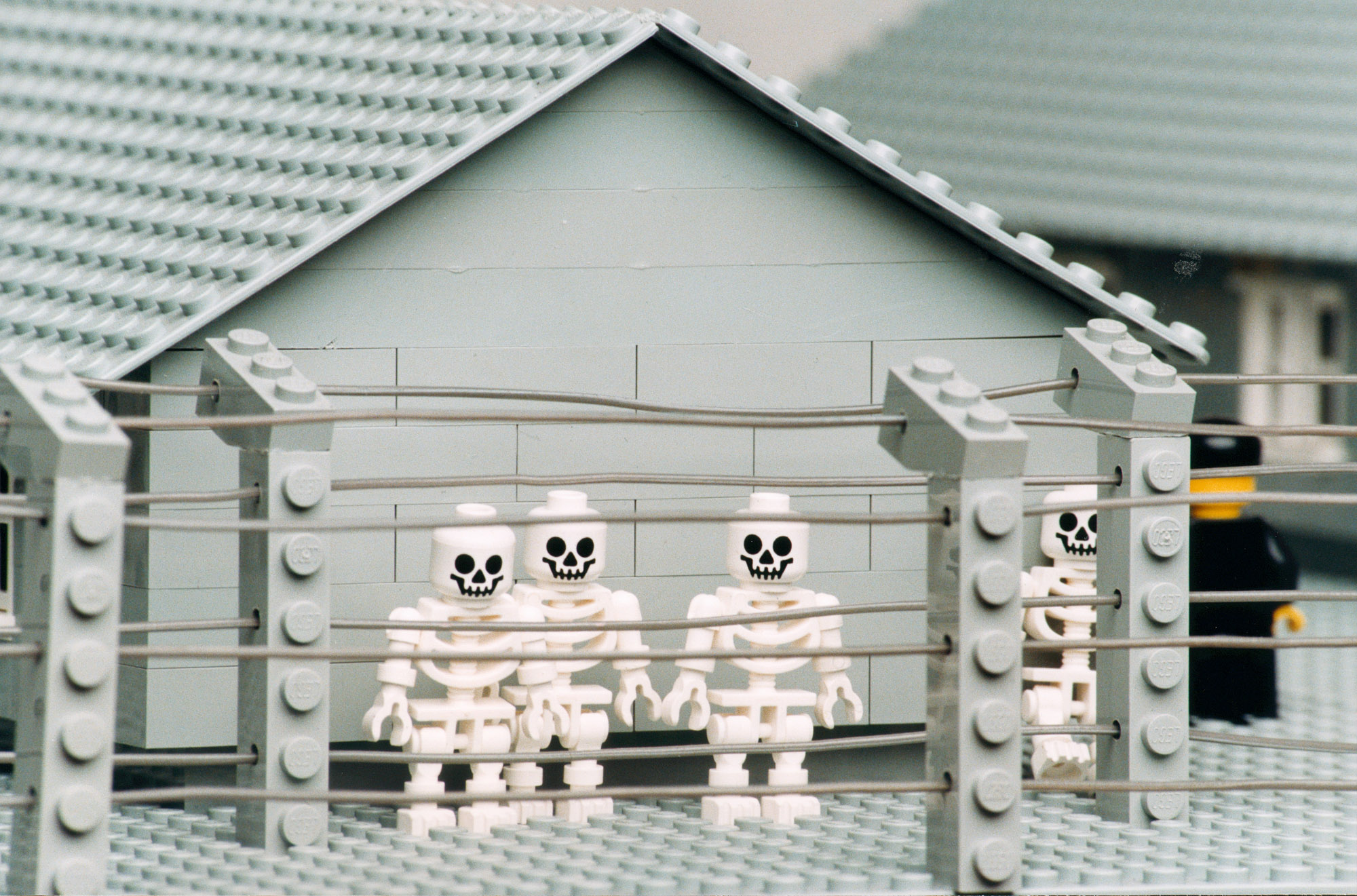

27876
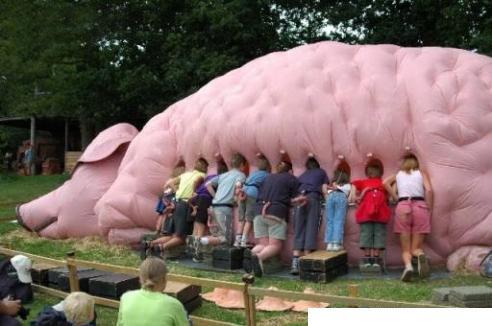
The Strange Change Machine
This “electrical toy,” manufactured in 1967 is actually but a small hot plate or heating chamber of sorts. What this comes down to, essentially, is this: with a pair of blue plastic tongs (included), you would insert small red, yellow and green “capsules” into the heating chamber (and on top of the hot plate). As they heated up, the cubes would unfold in glorious slow-motion into, as the box copy reads, “Membrane Men, Fragments of Space Creatures… Crawlers… fliers… Skeletons of Human Types…. Mummies… Robots.” This Mattel invention also came complete with a “compressor” on the red heating unit so you could crush the 16 hidden wonders back into their original cube forms and start all over again. The box implored kids to: “CREATE ‘EM! CRUSH ‘EM! and CREATE ‘EM! AGAIN AND AGAIN In the STRANGE CHANGE MACHINE.
Toy Murderers


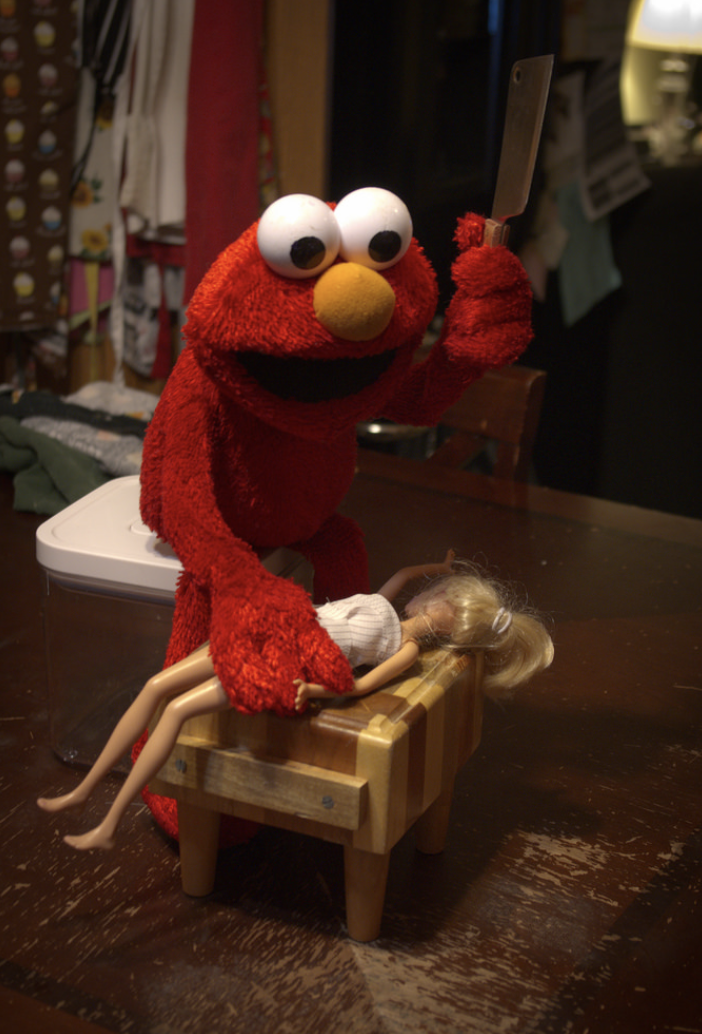


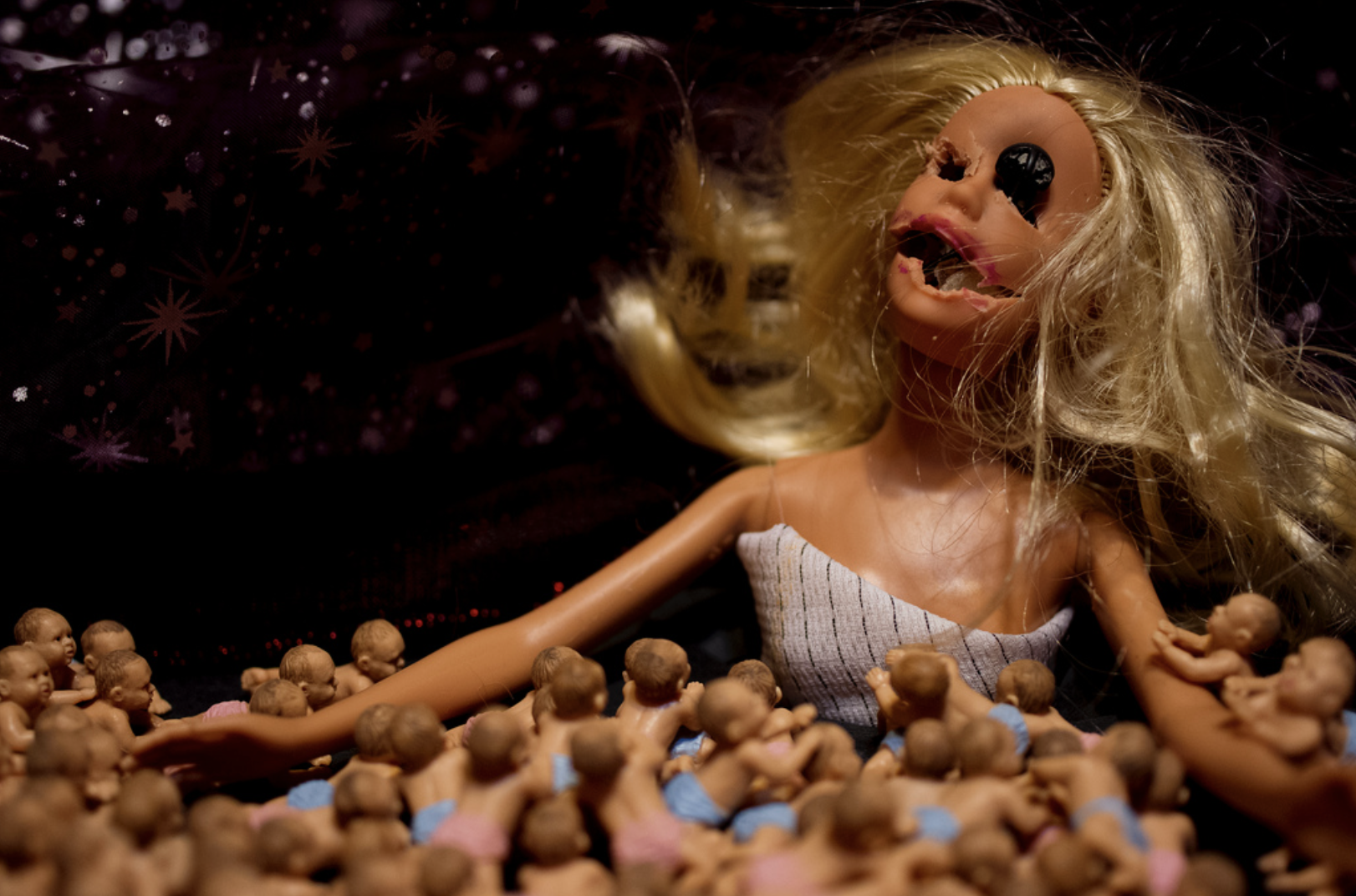




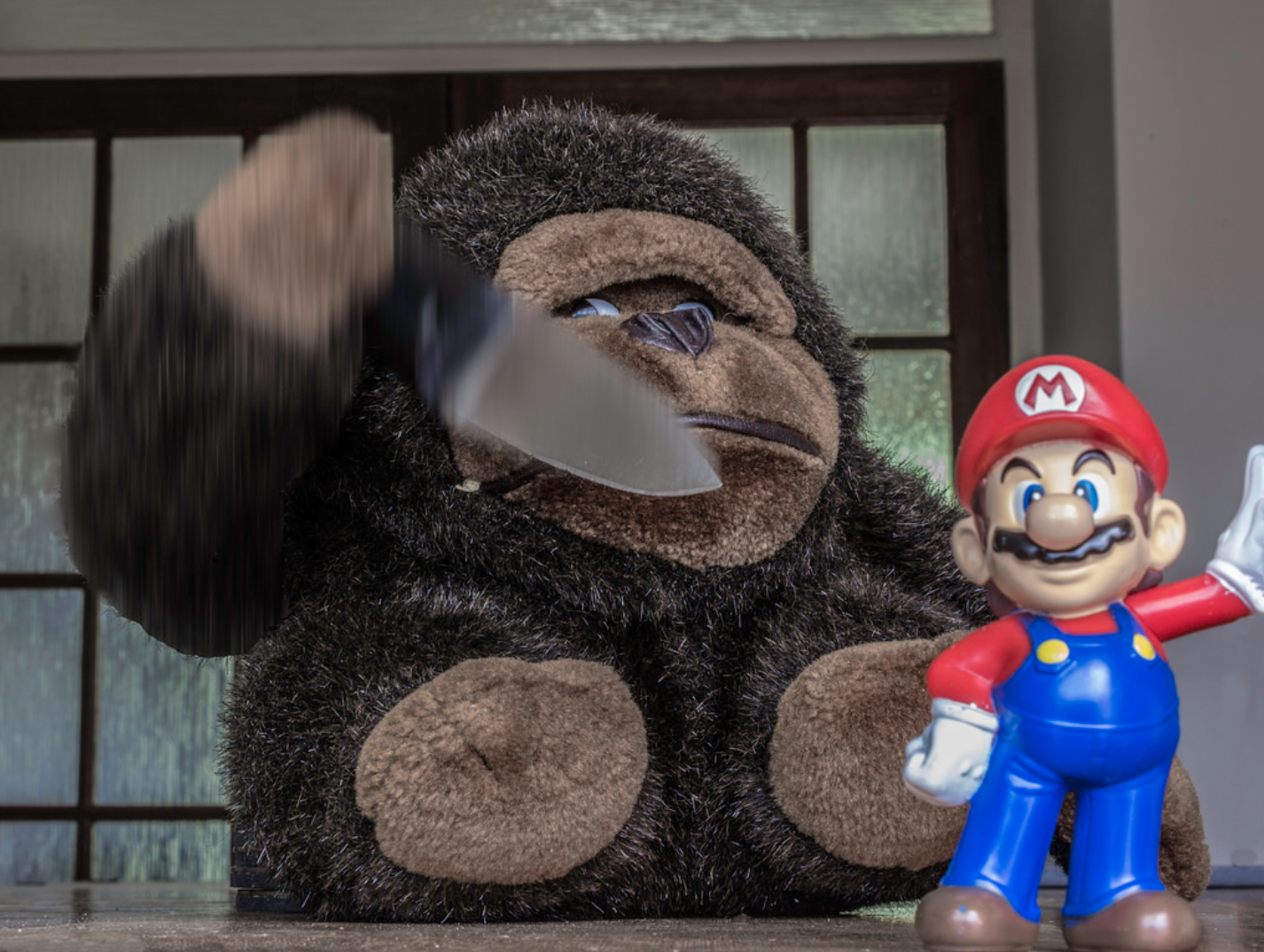

Fighting Ear of Corn

Harry Styles Toothpaste Topper
Brush the Watermelon Sugar off your teeth with this Harry Styles Toothpaste Topper! Comes with 4 caps to fit all major brands of toothpaste. Fits Crest, Colgate, Arm&Hammer, CloseUp, Aim, and more.
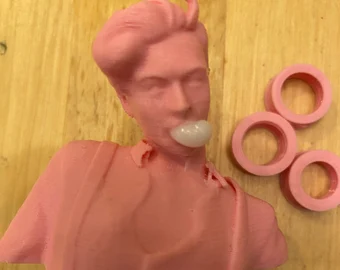
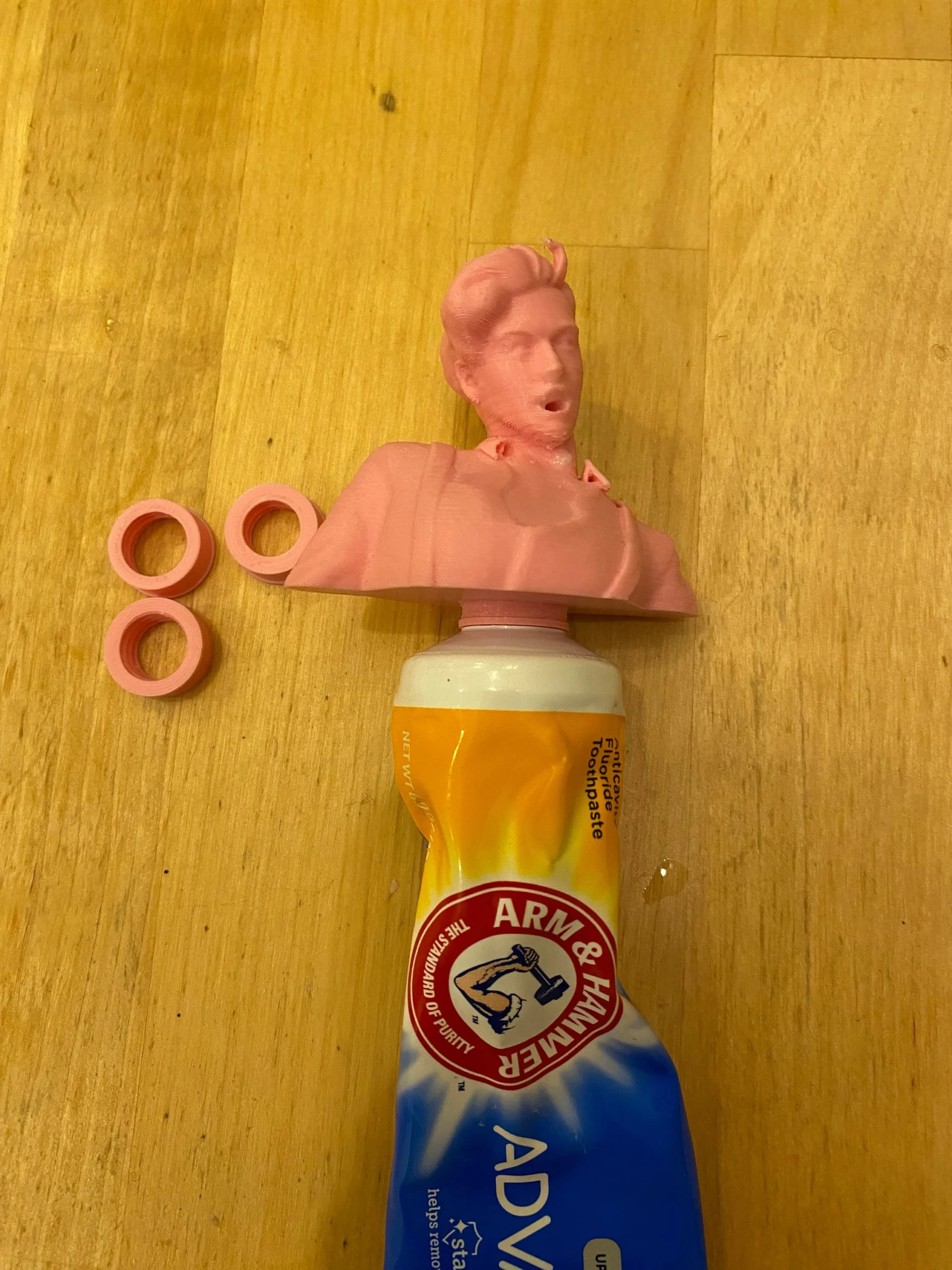
Marx Toy Soldier Casualties
I first remembered these toys during a conversation, some recent years back, with a friend of mine who was going through a seemingly inexplicable, plastic dinosaur freak-out. The discussion set my mind to ruminating over my own childhood’s crappy plastic dinosaurs, cowboys and Indians, and army men. I voiced having once had some WWII figures that included both American GI’s and Germans. Not only that but *dead* Germans and wounded Americans. My friend was dubious of this assertion, not daring to believe that a toy company of the time would have made anything as heinous as a wounded American GI – but my mental image remained – I knew it to be true. Were they a rarity, manufactured by some weird, little company? A few creative eBay searches later and I am rewarded. There they are and more than I had remembered: the stretcher bearers with patient, the crawling wounded Marine, the injured soldier slung over a compatriot’s shoulders, the shot soldier with his flapping helmet and dropping pistol.
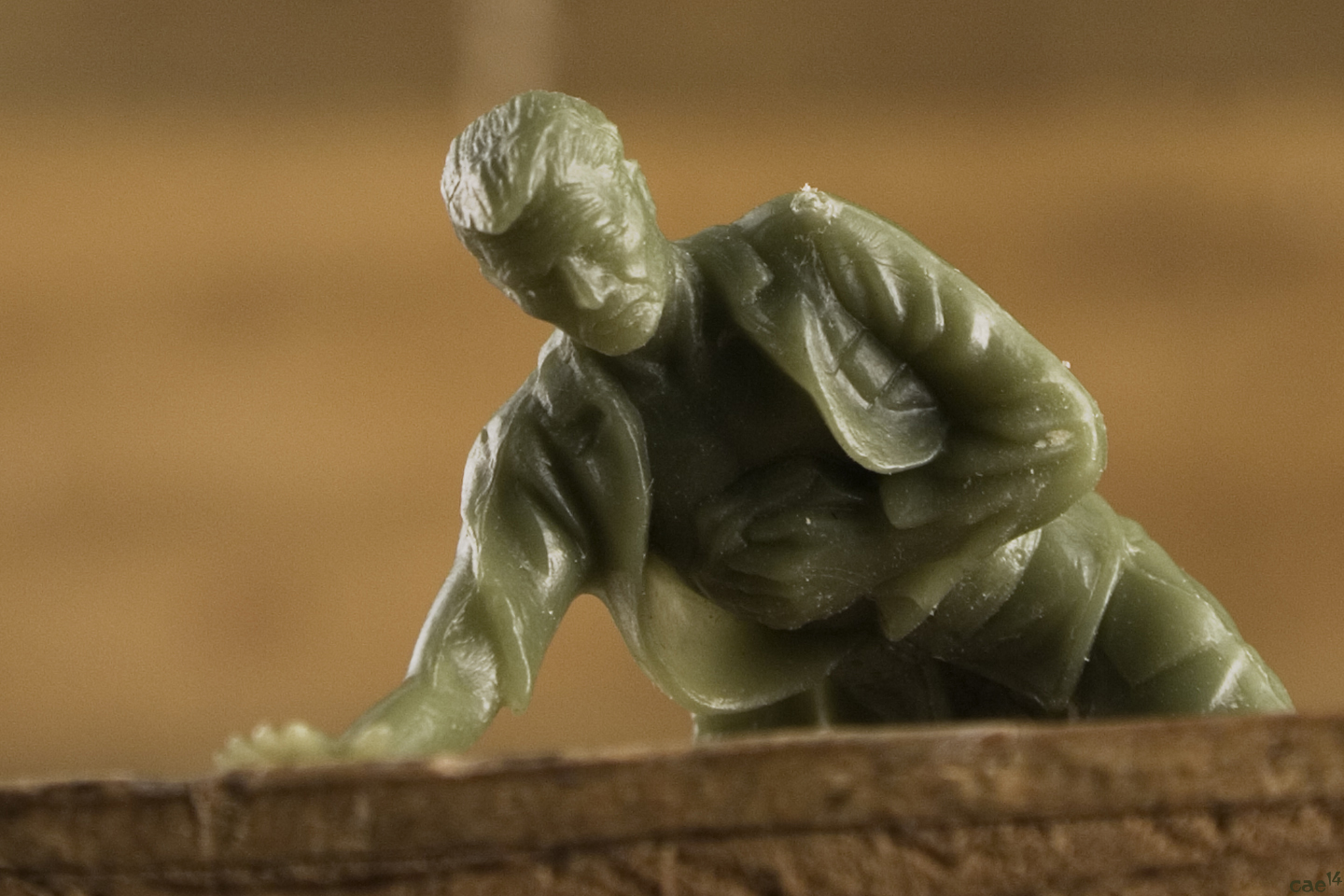
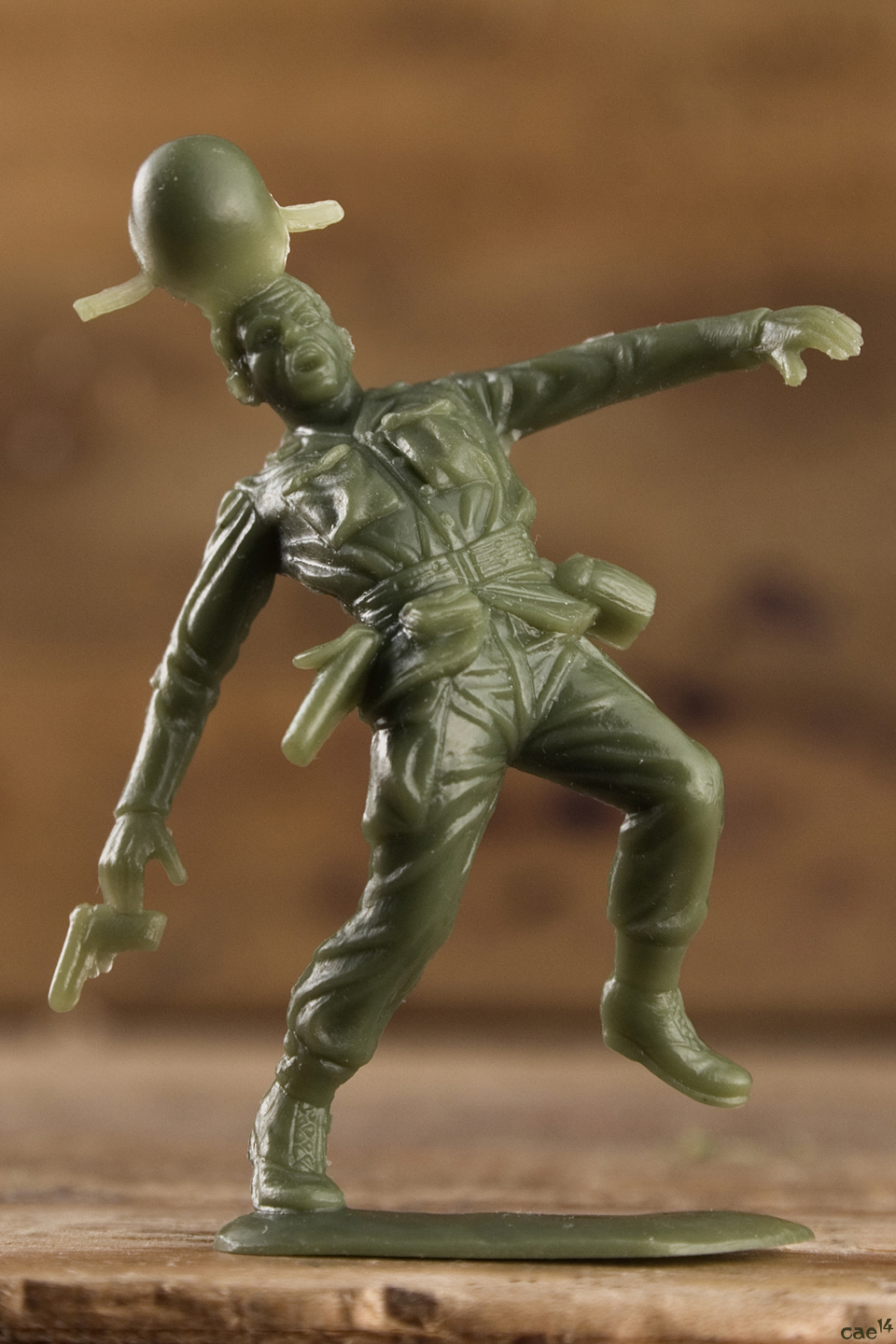


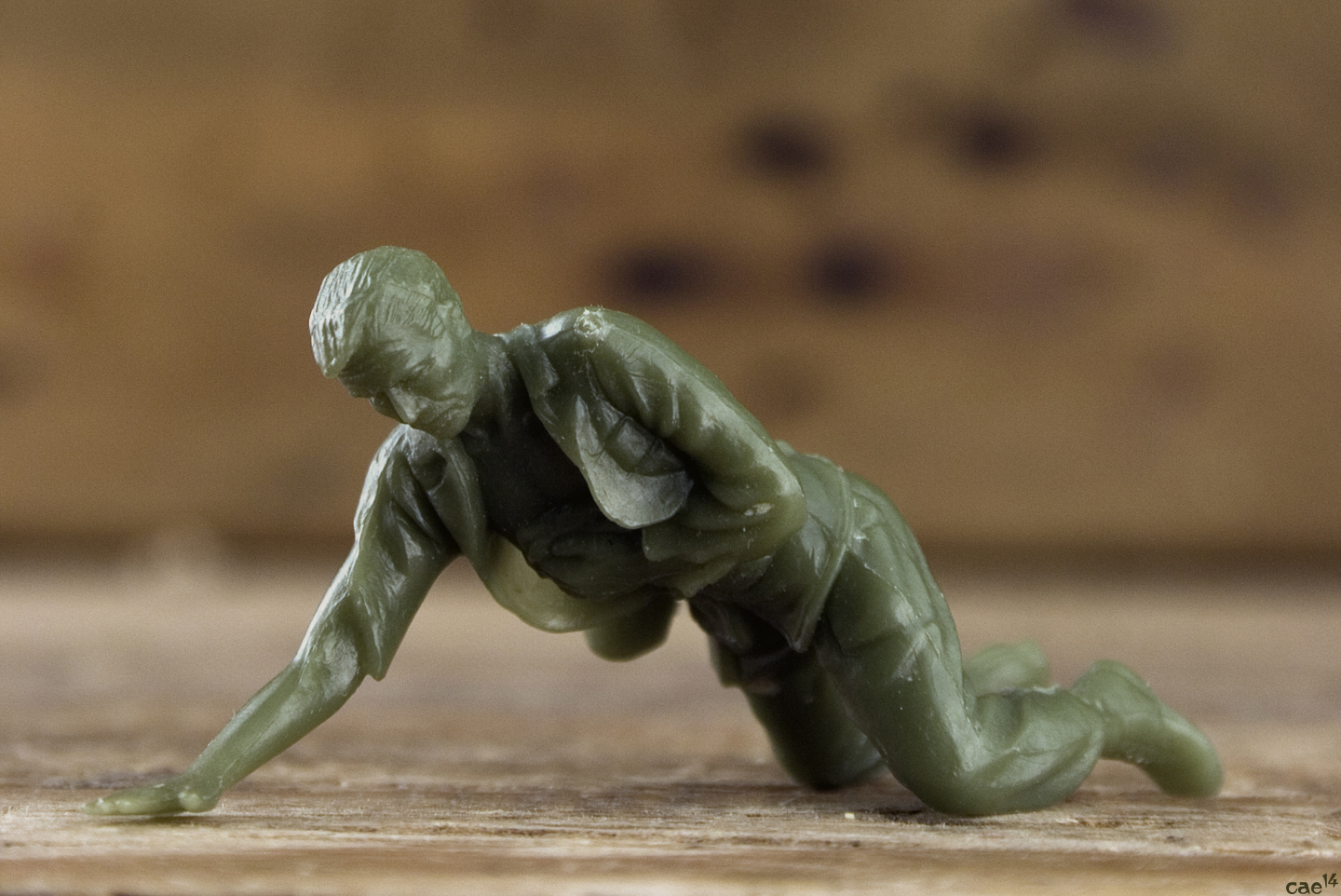
Toy from feudal era Japan. This toy tiger is animated by placing it against a wall and fanning it, causing it to skip and jump.

Cinema of Fear
Cinema Of Fear was a toy line of action figures, plush dolls, “screen grab” dioramas, and limited edition toys based on New Line’s horror franchises: Friday the 13th, The Texas Chain Saw Massacre, A Nightmare on Elm Street, and Rob Zombie’s Halloween II remake.

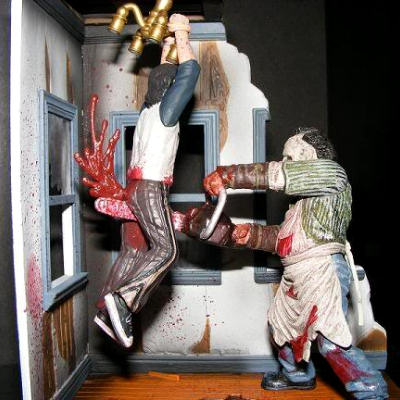
Ryan Sheckler Omnitech Skateboard Figure
The Ryan Sheckler Omnitech Figure is the most realistic skateboarding action figure ever made! Instead of holding on to your action figure, the patented Omni Tech handle allows you to take your hands off the figure and flip, spin, and grind the board in any combination.


Coarse Toys
Mark Landwehr and Sven Waschk started Coarse, a company that creates resin and vinyl toys, both and small and life-size. Up until now their toys, like most toys on the market, have remained inanimate (and I don’t just mean battery-operated). Their latest release, however, breathes new life into the world of toys, literally. The project is called Oops, and it arrives on your doorstep as a seven-inch embryo. There’s a whole line-up of embryos to choose from, iconic Coarse characters in their most infantile state so fans can experience the birth, growth and eventual death of their favorites. The embryo starts out as a spore and then becomes a shoot, then a fruit and, finally, flesh. Once it has reached this stage it emerges from its protective pod and life begins.
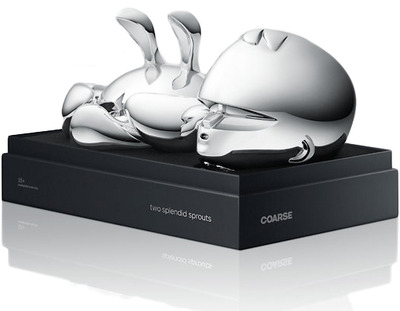
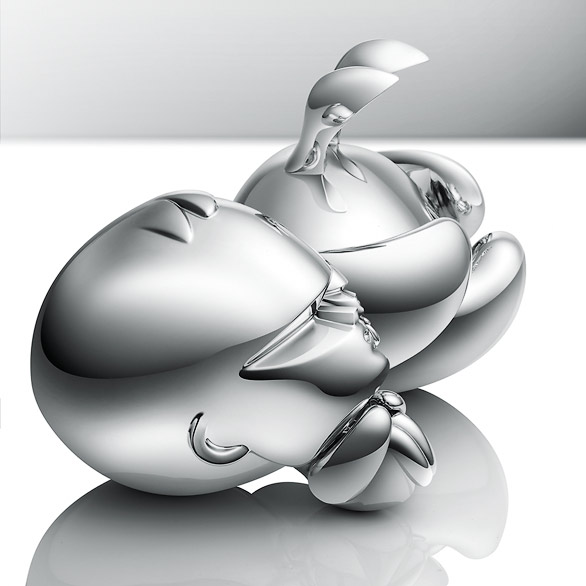

Moon Shoes

Toy Piano
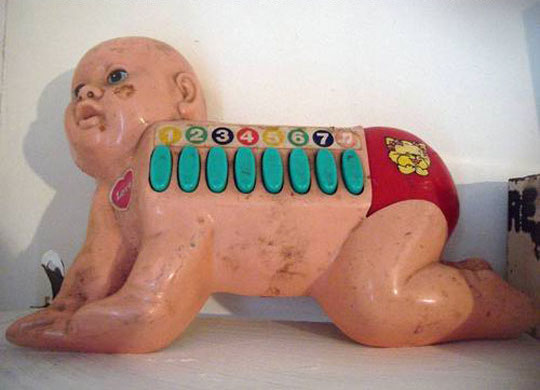
Shimajiro Toilet Training Tiger
The Shimajiro Toilet Training Tiger videos feature an animated tiger struggling with potty training and his animated personified waste. The accompanying toy attaches to the toilet paper roll holder and yells out encouraging phrases while you go.

Hpp&Lgg; Brand funny scary nausea alien model luminous large maggots toy



Remco Baby Laugh-a-Lot Doll
Remote-Control, Hopping, Yodeling Lederhosen
The Remote Control, Hopping, Yodeling Lederhosen is a pair of toy Bavarian trousers that stand 6.25 inches tall and are controlled by a plastic knockwurst remote. The trousers will hop around the room while yodeling. It runs on three AAA batteries and sells for $19.95.
Baby in a Mircowave
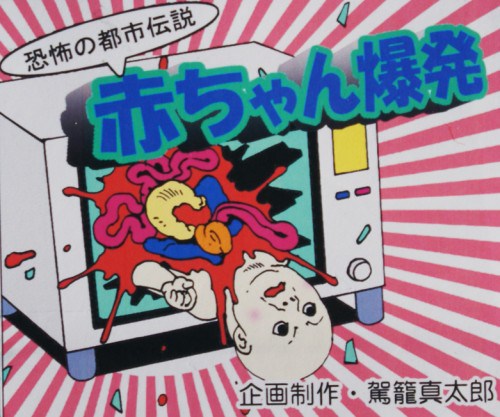

Tuttuki Bako Finger Game
Tuttuki Bako Finger Game is a small box with a screen that begs you to stick your finger in its hole and see what happens, and although that would normally be a terrible idea the Tuttuki Bako makes poking around fun again! Each stage features something you interact with by poking it. Stick your finger in the box and a digital representation appears on the screen mimicking your motions. From what we can tell the various stages of the game include terrorizing a tiny stick man, poking a girl in the face and flicking a tiny panda.
Remco Toy Drive-In Theater
We can all bewail the loss of drive-in movie theaters, but perhaps some of our more enterprising readers will invest in a theater of their own. This Remco toy might be a little smaller than you were thinking, but here’s a drive-in theater that’s ready to go… no messy dealings with movie distributors, and no cleaning up after your little plastic patrons. For just south of a thousand dollars you can pick up this mint boxed toy drive-in from 1959. It includes toy cars, changeable movie marquees, and most impressively it has a built-in projector for showing filmstrips taken from actual movies.


Piglet Weapon
A mother who killed her three-year-old daughter by suffocating her with a Piglet toy is facing life in jail. Mum-of-four Helen Caudwell, 42, murdered Bethany in October with the Winnie the Pooh character. She had led a double life, convincing two men they were the girl’s father. Caudwell, of Stockport, was convicted at Manchester Crown Court despite claiming she had been suffering an “abnormality of the mind”.

Statue of Liberty is Too Free
One of Japan’s newest toy lines features the Statue Of Liberty feeling all kinds of free, just like a real life lady! She lounges around looking at her tablet, bends over backwards in some sort of Yoga position and generally defies the stereotype that she’s a big stiff.
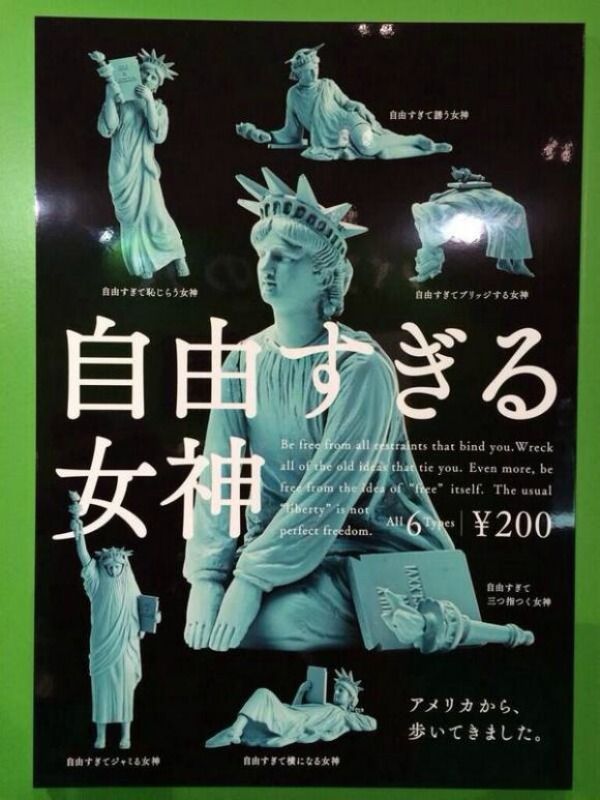

Space Shuttle Columbia Kit

(0-0) Toys Ltd.
New line of knitted, stuffed toys for Fall 2015




Jarts
Lawn Darts were a game from a simpler, more naive time. Sure, they could embed themselves in your little sister’s head just as easily as the lawn, but they were fun. Now they’re back. They’re back thanks to the unfortunately named Jarts In Your Heart web site, which sells the banned items thanks to a little bit of legal gymnastics. You see, since lawn darts (or “Jarts” as they’re known here) transform so easily from an innocent backyard game into deadly weapon depending on who’s holding them, Jarts In Your Heart has to sell the plastic fins and metal tips separately. Sad.


God Jesus Robot
This strange all knowing Japanese toy debuted in the 80’s and answered your questions in a magic 8-ball style.

Easy Out

Kaba Kick
Now children can reenact the famous Russian roulette scene in ‘The Deer Hunter,’ thanks to The Kaba Kick! How does The Kaba Kick work? Pull the trigger and find out! You earn points if nothing comes out. If a pair of pink hippo feet come out and kick you in the head, then you, my friend, have just lost.
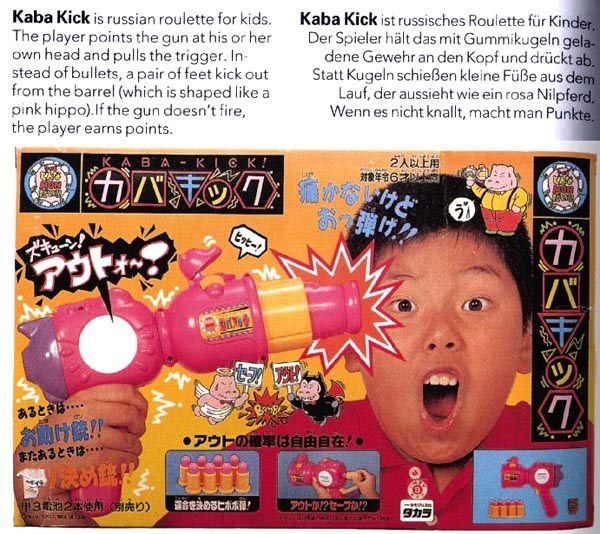
DRAMAtical Murder Seragaki Aoba 1/7 Scale Character PVC Action Figure Collectible Model Toys 26cm



Potato Chips Tank Scary Prop Toy
Do you want to be the superstar during the party? If do, this toy will be your best choice. Carrying this, you will be the most horrible, insane, and the king/queen of scare. You can carry it on parties, masquerades, birthday parties and wedding occasions. Carry this and feel the fun. It is suitable for girls.

Dangerous Popsicles
Would you lick a popsicle if it was in the shape of a deadly virus or bacteria such as HIV, MRSA, E. coli or the chicken pox? Designer Wei Li created popsicle sticks, which she calls Dangerous Popsicles, in the shape of these viruses to see if a person’s preexisting knowledge of something would effect the way they perceive something else. “You look at the popsicle and you are intrigued by what it will taste like,” Li told the Daily News. “At the same time, your brain is bringing up all of these other associations.”


Pull Toy
by Monty Monty

Charles Ray ‘Firetruck’
Best known for his sculptures of almost imperceptibly altered, or wildly exaggerated, familiar objects, Charles Ray creates mesmerizing, disorienting works that challenge perception. With Firetruck (1993), for example, Ray enlarged a toy Tonka truck to the proportions of an actual fire truck and “parked” it in front of the Whitney Museum in New York. From afar, Firetruck looked real. It was only upon approach that viewers saw that it was not.
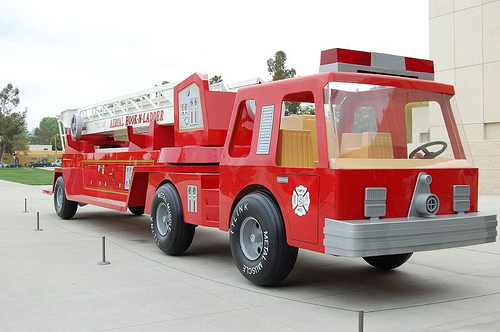
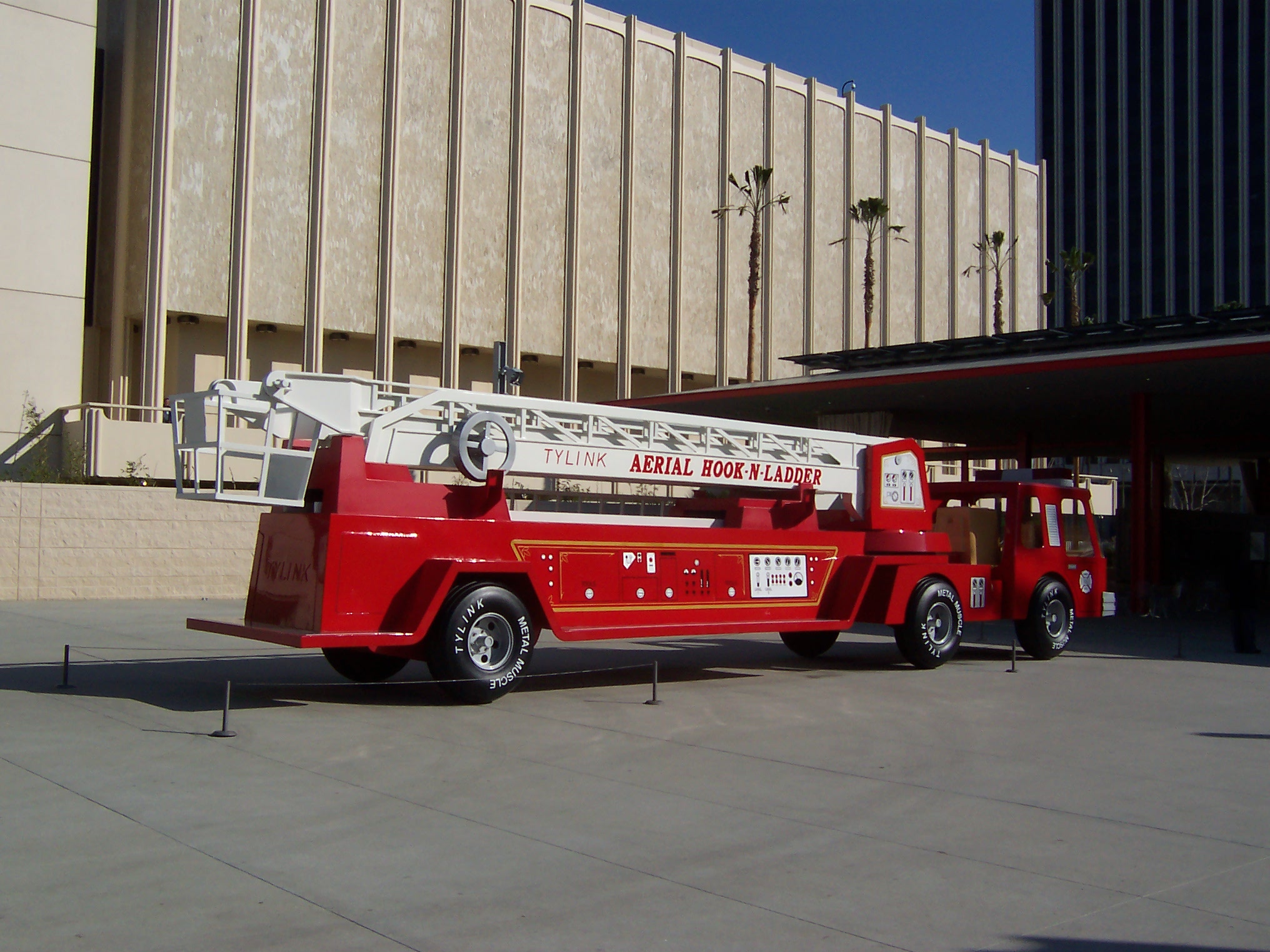

Murder Nova Slot Car
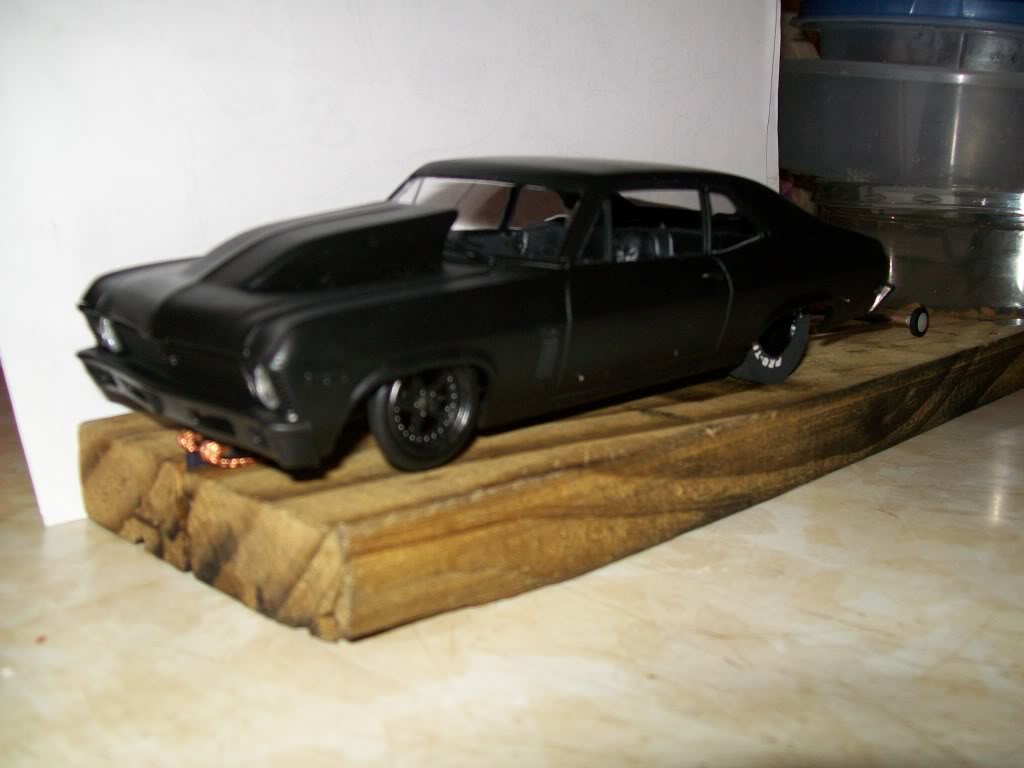

________
Swing Wing
KFC Chicken Keyboard & Mouse
Because fried chicken is the greatest thing in the history of the world, and considering Japan is from the future, it’s surprising they got their first KFC only 30 years ago. To celebrate that anniversary, the franchise is currently holding a contest on Facebook and Twitter with probably the most amazing prizes ever. The first prize is a KFC Original Keyboard – a specially-designed keyboard that looks like a KFC plastic tray with lots of chicken on it. Every single key has been designed to have a chicken drumstick, a thigh piece, or a chicken wing sticking out of the key. Although the actual definitions of the keys are in white next to the keys, for the most part, it’s a sea of chicken, with only the letters “K”, “F” and “C” as actual letter keys. The KFC logo replaces the Windows key and the keyboard also comes with a miniature Colonel Sanders standing by, as well as a KFC milkshake and a KFC bucket on the edges. If that’s not good enough, you could also hope to walk away with a signature KFC wired PC mouse, which is shaped like a chicken drumstick, or a USB memory stick, which has a USB connector hidden in the middle of the plastic chicken piece.



Incriminating Lego
Lucille Johnson, 78, was strangled and beaten to death in her Salt Lake City home in February 1991. The murder has been unsolved for the last 23 years. Last year it was reopened and investigators made a breakthrough with DNA found on some Lego toys taken as evidence from the house linked them to John Sansing, 47, a convicted murderer. Fingerprints on the toys matched that of Sansing’s juvenile son. Police believe the boy was playing with the Lego in the house when Sansing killed Mrs Johnson. Sansing is currently on death row in Arizona for the murder of a church worker who was delivering a charity food package to his family.

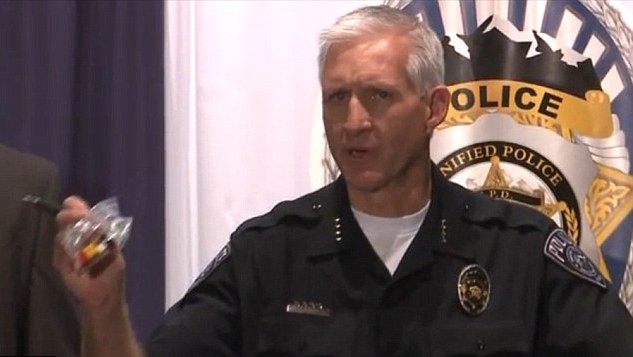
Pop it Pal
Everyone has their own unique obsession and this obsession is the pickers dream toy! The Pop It Pal™ is made of skin safe silicone with an all natural puss that simulates the popping of a huge pimple! Every Pop It Pal™ comes with 15 pimples ready to be picked the minute you receive it.

____________
Galton Board
The Galton Board is a 7.5” by 4.5” desktop probability machine toy. This delightful little device brings to life the statistical concept of normal distribution. As you rotate the Galton Board on its axis, you set into motion a flow of steel beads that bounce with equal probability to the left or right through several rows of pegs. As the beads accumulate in the bins, they approximate the bell curve, as shown by the yellow line on the front of the Galton board. This hands-on Galton Board allows you to visualize the order embedded in the chaos of randomness.



_______
Deer Ride
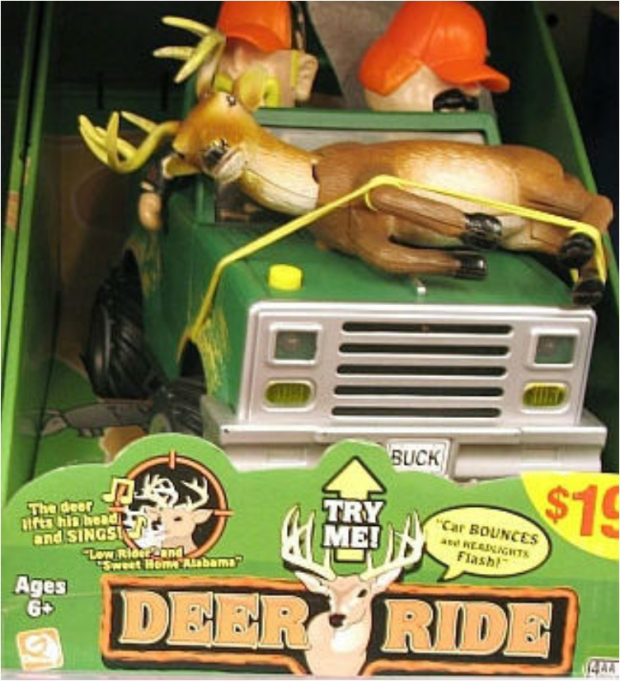
Rupert’s corpse
Last night, Rupert, joey of Rowena the toy kangaroo, was badly mauled and mutilated. By the time we found him, he had severe facial trauma and half an ear missing. My plastic surgery skills weren’t up to the task, so unfortunately, we had to pronounce Rupert dead.

Toy Tank
A visitor looks at artist Amy Cheung’s full size wooden ‘Toy Tank’, which visitors can climb into and operate, at the ‘Hong Kong Eye’ exhibition at Saatchi Gallery on December 4, 2012 in London, England.
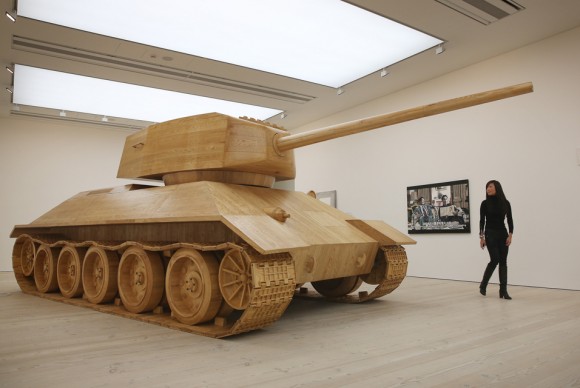

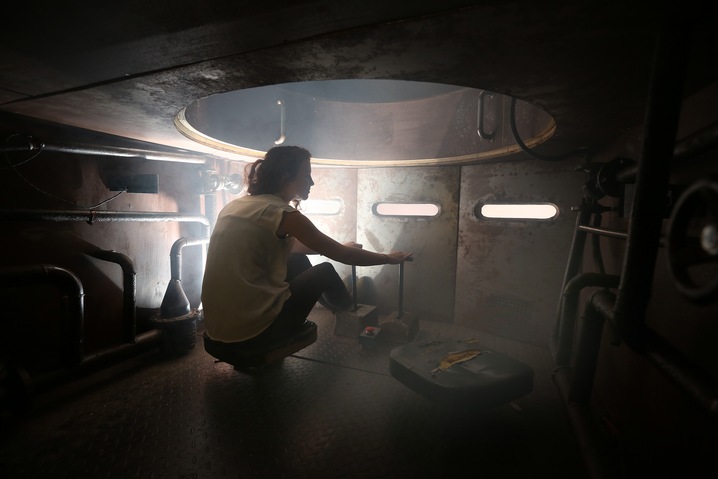
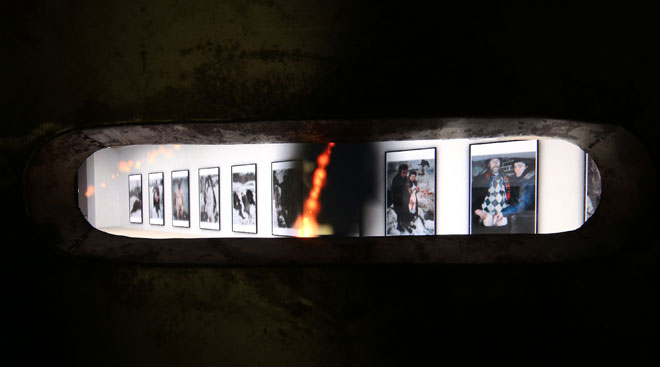
Scary Car for Children
This toy car is not good for child as they may scared of it…. But this cool baby is so brave that he rides of that car…
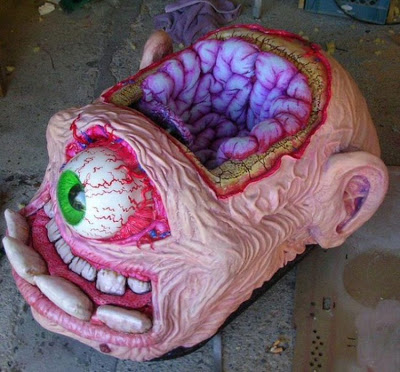
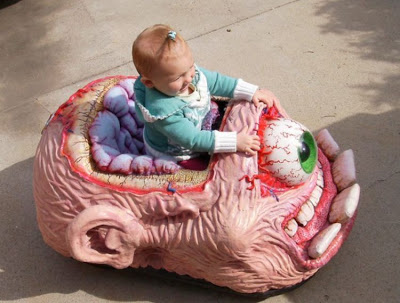
Pachi Pachi Clappy
One handed clapping is now ridiculously easy thanks to the Pachi Pachi Clappy toy, the toy that does all the clapping for you! Pachi Pachi Clappy has two “big soft squishy hands” on top and a funny lil’ face in front, so you can carry your own private cheering section around with you wherever you go!
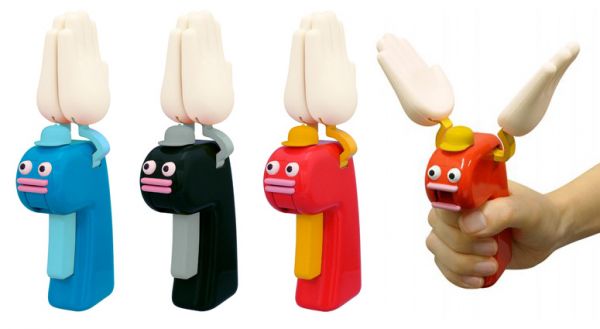
Marx Whistling Spooky Kooky Trees
1960s. 13″ tall tin litho with soft plastic simulated leaves on top. Wonderful design and actions including whistling sound, moving leaves, eyes move up and down, mouth opens and closes, arms move up and down and bump and go action. Works well. Dark brown variety. Scattered light wear with a few small scratches here and there. VF appearance. In the top ten of battery toys.
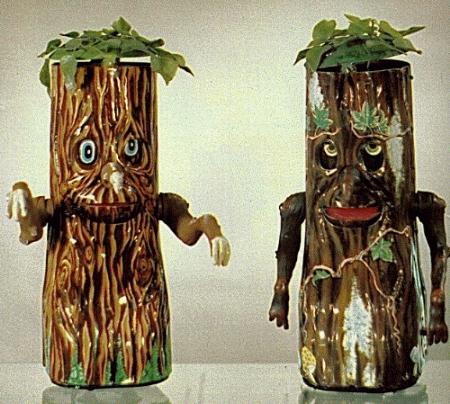
Monster Science Colossal Water Balls
This recall involves marble-sized toys that absorb water and grow up to 400 times their original size. They were sold as Monster Science Colossal Water Balls. Monster Science packages contain eight balls and “Growth Powder.” The balls were sold in an assortment of blue, green, orange, purple, red, yellow or clear colors. Many children ingested the delicious-looking toys, which their genius designers made capable of expanding within a child’s body. Woe be to those who also choked down the ominously labeled “Growth Powder.” From there they caused life-threatening episodes of vomiting and dehydration. To top it all off, these things were impossible to X-ray and required surgery to remove.
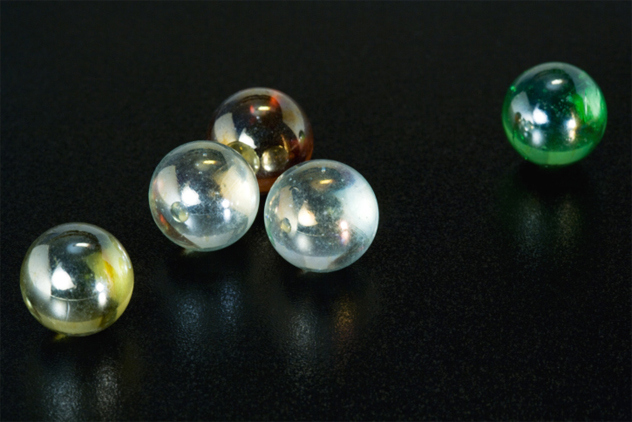
Junkie Jane

Ooze It
Here is one of the most obscure 1970s toys ever. It is made of latex and does get filled with a type of syrup. Ooze it was thought up and designed by a family in Metairie, Louisiana and produced overseas in Hong Kong. Oooze It Incorporated produced only this toy that has become its “one hit wonder”. Ooze It is so incredibly rare that only 5 are currently known to exist at the present time.

Lucky Dog Unchoken
If money is burning a hole in your pocket, then let it burn a hole in this pooch’s powerful digestive tract instead. Just pop a coin in his greedy gaping mouth and watch as he eagerly snaffles it up. His wide eyes dart about, his tail starts to wag and his hind legs begin quivering frantically as he spins round, squats and “deposits” your cherished coin into the box beneath him.

Am I Like Father
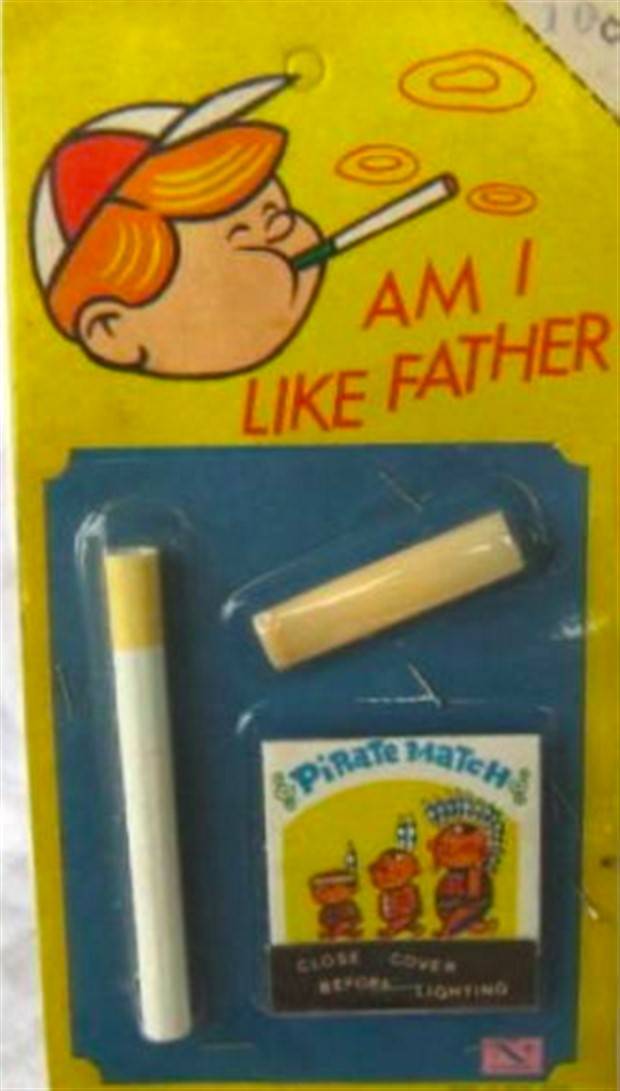
Supply the whole person pen inserted Funny Tricky Toy Toy murder the entire human voice Toys
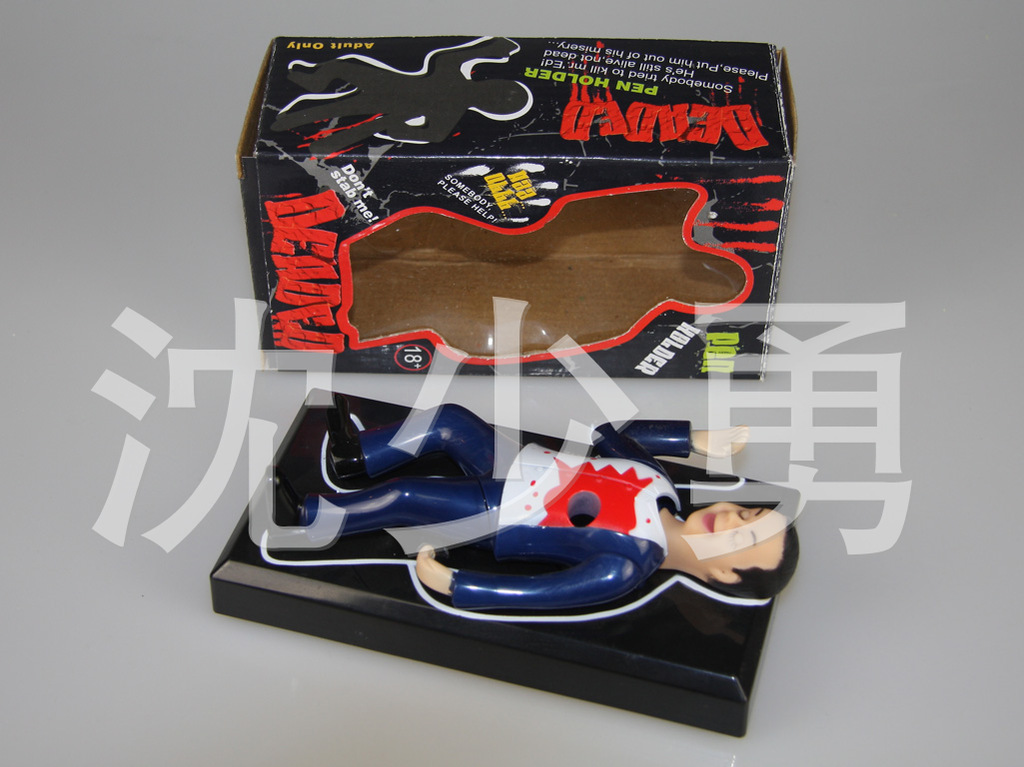
___________
Pretty Death
This Chinese toy noose doesn’t just defy logic; it pummels it, leaving it doubled-over wondering what the hell happened. Hopefully the rationale with this bejewelled rope was inspiring kids to be cowboys. Lassoing an imaginary horse is something I could possibly get behind, although even then the risk of accidental choking seems pretty high. But if this toy’s point is for kids to make light of suicide then I no longer wish to live on this planet.

Aqua Dots
Aqua Dots would seem inadvisable for little kids even if the toy didn’t release a date-rape drug when ingested. The thing’s basic component is small beads. Using a smart-looking applicator, kids arrange the beads on a grid in little crafty patterns. Then you spray the beads with water and, voilà, they fuse together. The finished product looks something like three-dimensional beady works of needlepoint. Kids love Aqua Dots! In Australia, where they’re sold under the brand Bindeez, they were named the country’s Toy of the Year. Let me say this again: Aqua Dots are small beads that look like M&Ms.; It’s kind of like a toy involving candy cigarettes, except that the cigarettes aren’t made of candy but tobacco. And they’re made of a date-rape drug. In a fantastic piece today, the New York Times’ Keith Bradsher explains how doctors in Sydney, Australia, spent a couple weeks getting to the bottom of the menace posed by Aqua Dots — leading to international recalls of the product, including one in the United States this week by the Consumer Products Safety Commission.

Upside-Down Vomiting Goo Will
Will from ‘Stranger Things’ goes from looking like a Mii to a Mii with a gaping wound where his mouth should be. Will apparently comes with a little Upside-Down goo accessory that can be jammed in his mouth. Note that Will’s hands look perfectly fine, thus ruining the effect.

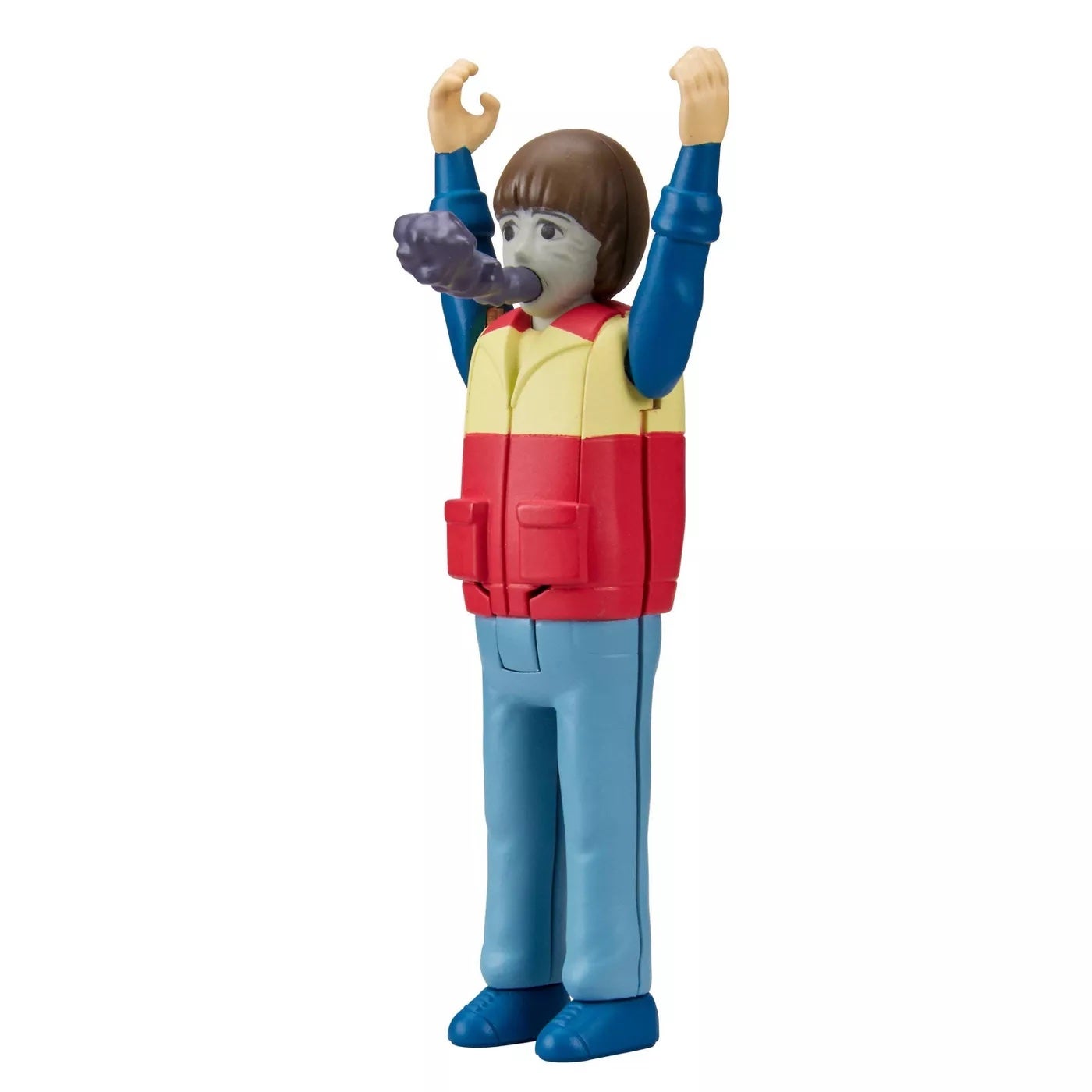
Fantastic Gymnastics Game
This gymnastics toy is made by Hasbro and is known as the Fantastic Gymnastics Game, and features a guy that you spin around a high bar and then try to release him at just the right time for him to 1) land right side up on his feet, and 2) land within stripes within the landing pad for the most points. Assuming you’re with a group of people, this game will probably give you a lot of fun while you compete against each other for the highest amount of points.

Slashed Wrists
The Slashed Wrists are used as Halloween makeup, where you can stick the toy onto your wrists so they look like they were slashed. This toy only glorifies suicide and self-harming, and kids should not be exposed to those issues early on in their young lives. Suicide is a sensitive issue, which affects adults as well as young adults, even teens. It should not be made fun of or treated like it is just something that normally happens.

*
p.s. Hey. This weekend we have a solid treat in store, a guest-post created by a self-defined dedicated reader and non-commenter of this blog named Lucius Rex. They asked me to apologise for their not having gotten this post ready in time to have influenced your Xmas shopping. Please spend a portion of your weekend enjoying the catalog and wishing that such a discerning toy store existed, and thank you ever so much, Lucius. ** James, Hey. I owe a lot of my writing to what I learned from certain cinema, so I say your instincts in that regard seem correct. There was a time when you could safely guess that androgynous anime characters’ anuses smelled like ink, but now it’s anyone’s guess. Well, since when is gross a drawback? Btw, I did finally eat two custard donuts yesterday, one normal and one chocolate custard. The normal one was better. Well, a billion people would make the case that Taylor Swift’s songs are memorable, and we live in democracies where numbers rule, so fuck my opinion basically. Are there bands that are liked by gay people? I feel like most gay people only like solo artists. My mom would have disowned me and adopted you, which would have ruined your life, so it’s good she’s dead in that regard, I guess. You were indeed the first to comment. And the first to be responded to. So you got me fresh and still a little under-caffeinated. You’re welcome/sorry. ** Misanthrope, You’re a reliable pushover when it comes to The Doors. That I always keep in mind. Hm, I don’t think what Zuby said makes a lot of sense, but hey. Ah, Tex Mex, you bastard. Okay, no, was it good? ** _Black_Acrylic, Thanks for paying attention, pal. Huh, I’ll step into a Sephora and see if they have a Blackpepper tester. Rei Kawakubo: what a beautiful name, no? I actually saw her in person on my very street. My street hosts a few fashion show rooms, and one day I was walking along, and there was Rei Kawakubo standing in the doorway of one of those showrooms waiting for her Uber and dressed insanely in this crazed, multi-level outfit and looking like she was a billion years old, like a barely living corpse, but amazing. ** Steeqhen, Right, gasoline that makes sense. Good one. I liked your poem a lot. It’s a beauty. Perfect ending too. Kudos, sir. There are worse ways to watch the year die around you, for sure. I would never have imagined that ‘Trap’ was worth watching, so that’s interesting. Huh. Did you manage to conk out at 9 pm? 10 pm is my conk out time unless I have something better to do. ** jay, Hi! Golden rule: never read the wall texts that accompany artworks in museums. Title, artist’s name, maybe date, and that’s it. They’re always trying to turn something wonderfully mysterious into something disappointingly didactic. No sex in ‘Death in Venice’, that’s for sure. In the heads of its readers, all bets are off. You and your beau look very sympathetic. I think I’m going to steal that one comment: ‘The champion hat is giving trade’. Awesome about your great day! Mario had a successful day, but now he has to fight a giant pair of scissors, and I’m a little worried about us. ** Bill, Very interesting work: Enard. Unfortunately very difficult to actually watch. Thanks, I’ll check the interview and probably the book/soundtrack soon thereafter. I hope you have a very wide awake and nostrils-unimpaired weekend. ** Lucas, Hi! I’m okay. New Years Eve is the worst holiday in my opinion. But I don’t like drinking, and I don’t like parties, so my judgement is impaired. I’ll either ignore NYE or walk down and watch the Eiffel Tower fireworks. Send that poem to SCAB! I’ve never read Duras’ ‘The Easy Life’. Huh. Is that an early one? I’ll go check. Yes, I do have certain books that are sacred things to me, I guess usually if they were gifts from someone who really mattered to me at the time. I have this copy of a Martin Amis novel that was given to me by this boy I was totally obsessed with in the early 80s — I wrote my first good fiction work, ‘My Mark’, about him. And I don’t even especially like Martin Amis, but that book turns wherever I put it into an altar nonetheless. I think I should be here in early March, yes. I’ll get more travel-y once the film gets born, but that won’t be until April. So, yeah, it would be awesome to see you, of course! ** Diesel Clementine, Hi. Rammstein has a perfume? Why not, I guess. Does it smell like its name? Happy 25th birthday one day early! Well, I guess it depends on when you read this, but you get the point. Me at 25 … that would have been 1978. I was going to a lot of punk shows and writing a lot of poetry and I think I had Acid Reflux. Seriously about the theme of your party? Holy moly. Take pix. If the guests do it right, there should be a lot of dazed looking wallflowers. Which sounds like an ideal party to me. Don’t forget to get your passport!!!!!!! You’re going to have a gorgeous weekend for absolutely sure. I’ll be happy if mine’s just pretty. ** Måns BT, Hey, Måns! You are back! I’m totally fine, thank you. And thanks about the premiere! At long, long last. We’re relieved. I’m going to go out on a limb and say ‘Room Temperature’ is by far our best film, but you can judge. Xmas was kind of just another day, I guess. Quiet. A few unusually warm texts and emails and a phone call or two. Your aunt and grandma are awfully nice to give you my book. I had no idea Lukas Moodysson wrote a novel. Strange that it’s not in English. And very unfortunate. ’Gösta’, no, but I’ll see if I can stream it or something. Enjoy the partying aka the waning light of 2024. And slip some poem writing in there if the partying doesn’t make writing poetry seem like a hassle. Actually, poetry over party! That’s my advice. You’ll thank me for it. ** xoxo, Dennis. ** Darby𓃱𓃱, Darby with a ‘y’! And two giraffes or, wait, ‘giraffes’! I somehow think those perfumes you suggest must exist somewhere somehow. I remember ‘The Tin Drum’ being really good. And long. But good! The only normal movie I’m kind of interested in seeing in a theater is ‘The Brutalist’, but it’s almost 4 hours long so I’m almost sure I won’t. I hope ‘Nosferatu’ was fun. Everybody’s excited to see it, but I hated ‘The Lighthouse’ so much that I never want to see another one of that guy’s films. The custard did the trick. I want another one. What higher praise is there? Ooh, thank you for the gift! I’ll listen to it when I’m post-p.s. and need some personal interference. Have the best weekend! ** HaRpEr, We are of like-minds yet again. Yeah, I think the people recommending we exploit the ‘trans angle’ are thinking logistically about getting the film viral and not about what the film intends to be. It feels like most people these days are most interested in that kind of ‘success’ rather than artistic success. There’s very little longterm thinking. It’s a disappointing state. Or, yeah, even if they do actually think about a film, say, with particularity, it’s all about representation. But they mean well in their own way, I guess. I’m still a wannabe Rimbaud about things. Like you. Interesting: do you feel any loss at all in embracing writing over filmmaking? In the sense of giving up whatever ideas you might have had at one time about visualising your ideas? My dad wanted to be a writer when he was young, but he only ended up writing a few godawful rhyming poems before he became a businessman, and yet every time I saw him, he always told me how much greater a writer he would have been than I was. He was a trip. ** nat, Hi, nat. Wow, thanks for putting your considerable mind to the blog’s recent archive. Much appreciated. A lost writing year can end up seeming like a lost writing minute. No sweat. Been there, survived that. No, having a cover before the book’s content is written is not a problem, I can’t imagine. I’ve started with a title. Having a preset visual to work around is not really different, I don’t think? I’m happy you like Joseph’s novel, and I hope he saw that. ‘Pineapple Hole’, haha. I’ll ponder that. Everyone, nat has a present/puzzle for you that’s totally appropriate to the blog’s weekend theme. Take it away, nat: ‘saw another sex toy by the anus scent company today actually. I’ll let people here play roulette on what it is. here.‘** Okay. Be with Lucias’s curatorial gifts until I see you again on Monday.
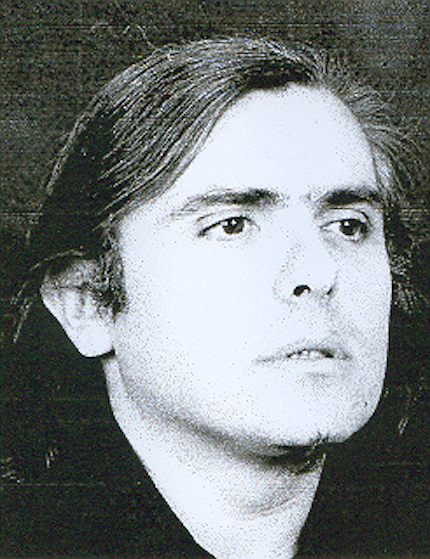








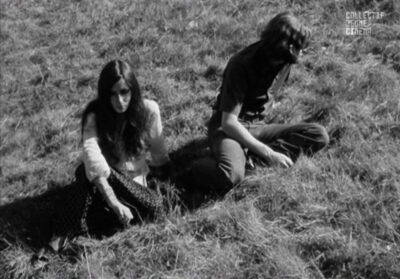
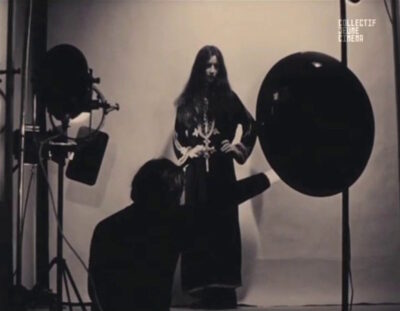



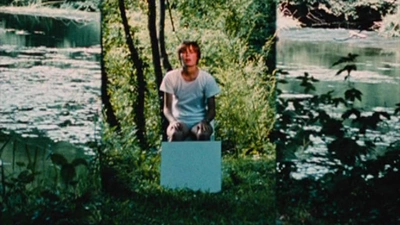

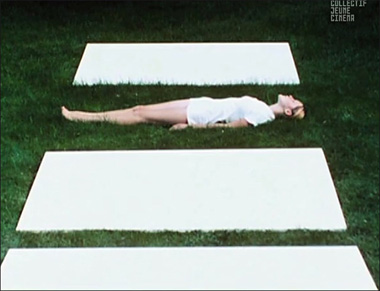



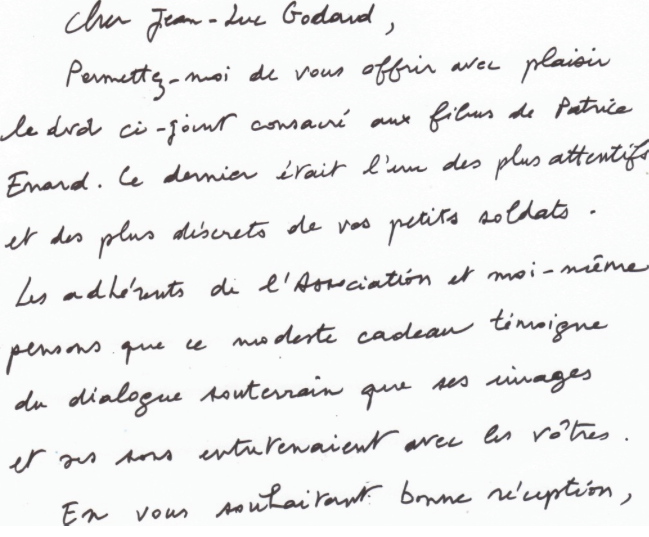

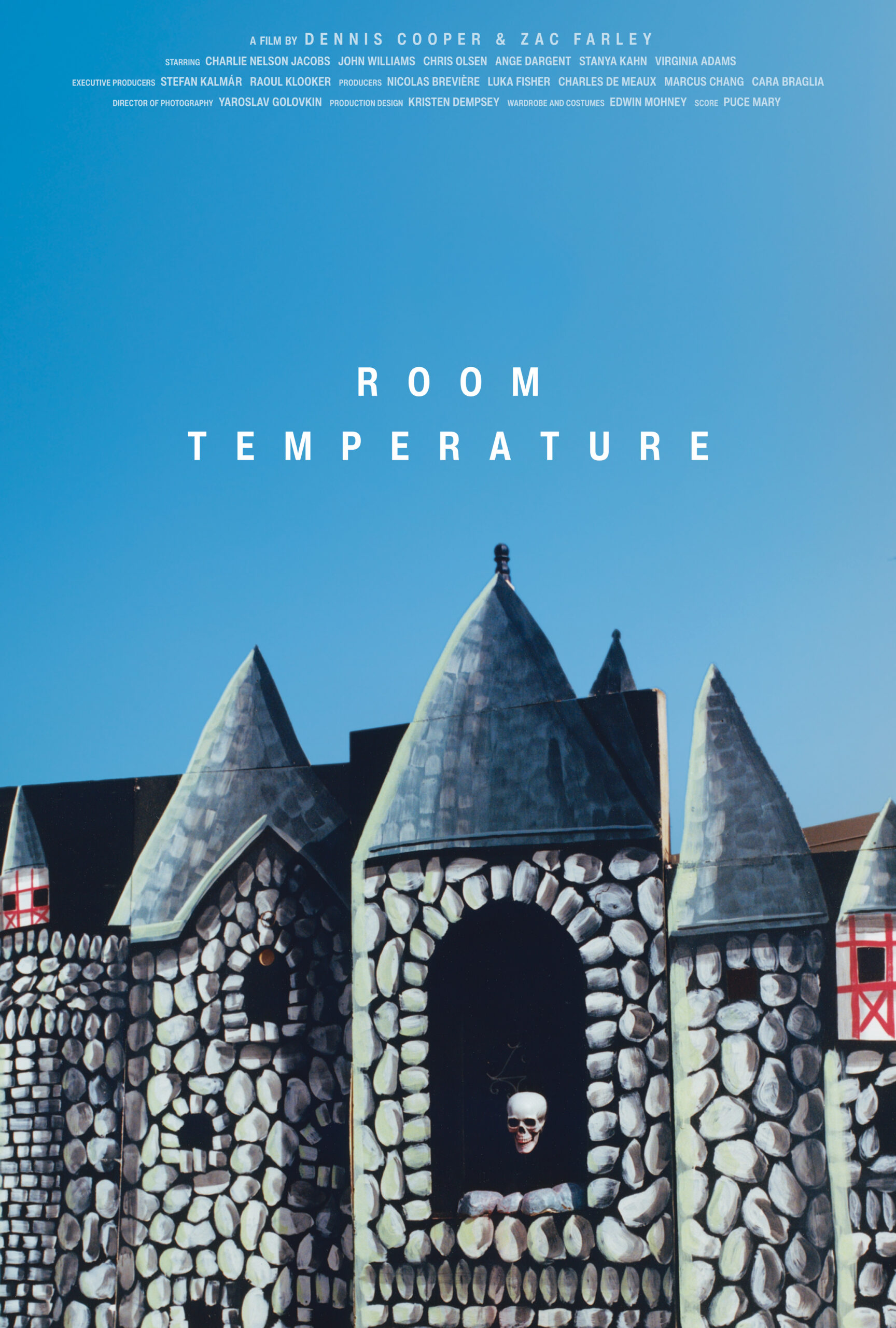



 Now available in North America
Now available in North America 